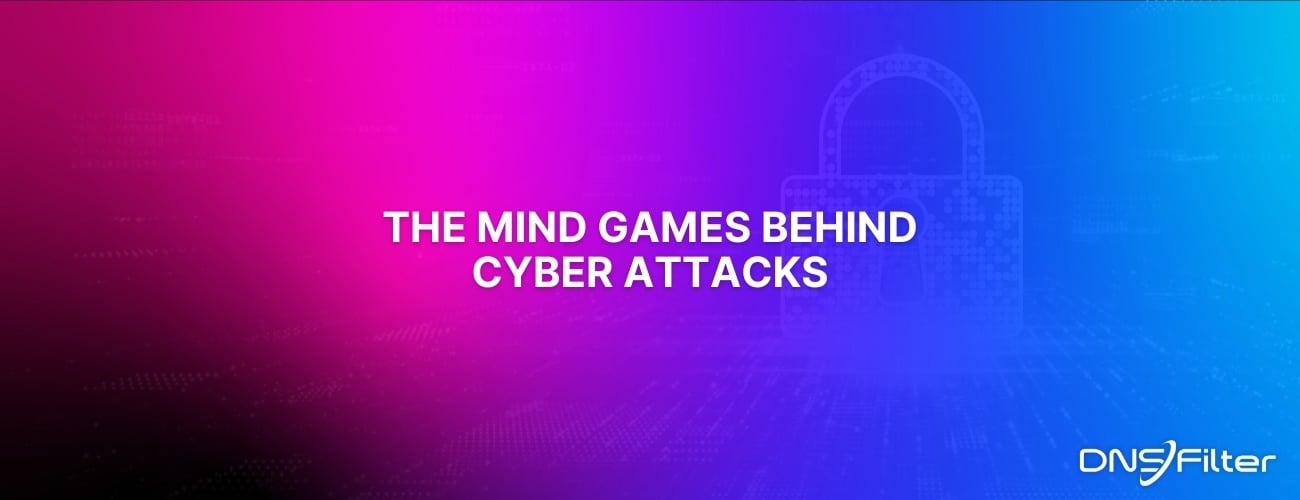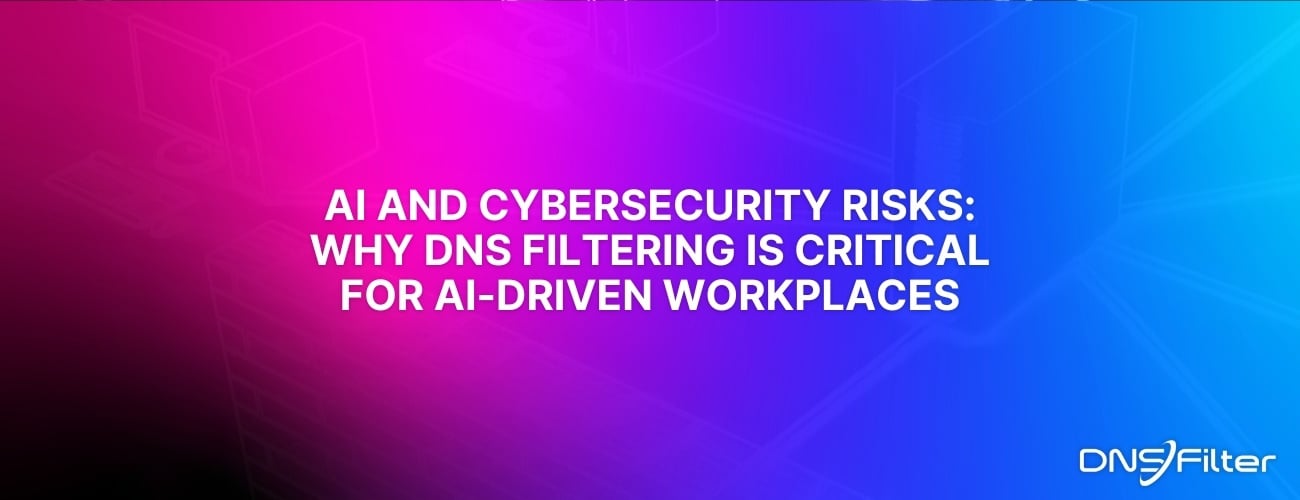Share this
Zero-Day Attacks: What Are They?
by Anvesha Tiwary on Feb 26, 2024 9:30:00 AM
The term “zero-day attacks” is thrown around frequently with a lot of concern—and rightfully so. In today’s world where even the most menial tasks are conducted online, there is always some cyber threat lurking in the dark shadows of the internet. Picture this: A burglar finds a secret doorway to your house and decides to pay you a visit. All your assets are now accessible to him, even without your knowledge.
Scary, right? Now in this world where your data is the goldmine, this situation is a lot more terrifying on multiple levels. The attackers can sabotage your organization or steal your data and use it for malicious purposes.
What exactly are zero-day attacks?
A zero-day vulnerability refers to a software issue that the makers themselves haven’t discovered yet. The term "zero-day" essentially means that the developers have zero days to fix the issue because they didn’t know it existed until it was exploited.
Cybercriminals exploit these vulnerabilities to launch attacks before your cybersecurity team can patch up the digital breach. It's basically a race against time right from the moment the vulnerability is exploited, with developers scrambling and scratching their heads to patch the flaw before it can cause major damage.
How do zero-day attacks occur?
Some hackers focus on hunting down vulnerabilities and flaws that they can then exploit. They spend their time digging into your software, searching for any weak spots nobody else has noticed/rectified. This job is tricky and needs a lot of technical understanding and expertise. Once they find a spot where the software's guard is down, they get to work creating something harmful, like a virus or a malware, designed to attack that weak spot, thus compromising the entire system.
These attacks can do all sorts of damage. The cyber criminals might lock up your system and demand ransom to unlock it, steal and sell private information, or sneakily make a way to get back into your system later without you noticing. Zero-day attacks are covert, and they hit before anybody even acknowledges that there's a problem that needs to be fixed.
To make matters worse, these vulnerabilities aren't just leveraged to steal data or cause chaos. Hackers can also use them to spy on people or spread false information. And because they're exploiting brand-new weaknesses, traditional security tools might not catch them right away!
And this is exactly why staying aware and updated on security is extremely important. Just like you'd fix a broken lock on your door as soon as you know about it, software companies rush to patch up these vulnerabilities when they're found.
But as we talked about earlier, zero-day attacks are a race against time—extremely pressure intensive and there is no guarantee that you are going to win and save the day. And even if you manage to fix the vulnerability, by the time you accomplish that, you might still end up losing a lot of sensitive information.
What can the attack look like?
Once a vulnerability is identified, attackers develop malware or other exploitation tools tailored to leverage this weakness. This malware is crafted to execute unauthorized actions on the affected system, such as stealing data, installing ransomware, or creating a backdoor for future access. Once they have the exploitation tools at their disposal, attackers then search for potential victims.
This is often accomplished through automated bots or scanners that scan the internet, looking for systems exhibiting the specific vulnerability. The next phase involves penetrating the targeted network. Attackers use a variety of tactics to try and breach the security defenses of the system, such as spear-phishing campaigns to deceive individuals into granting access or utilizing the malware developed earlier to exploit the vulnerability directly.
You need a savior, big time!
Now, how to prevent those crafty zero-day attacks? Let's break it down, keeping things easy to grasp, shall we?
DNSFilter becomes the digital superhero against these sneak attacks. DNSFilter, at its core, is like a gatekeeper for your internet traffic. It peeks through the curtain of where your online journey is headed and decides if it's safe to proceed, or if you're about to walk into a trap which can bear severe consequences.
First off, DNSFilter works by analyzing the destinations of your internet requests—kind of like checking the address on an envelope before it's mailed. It identifies the good spots from the bad ones on the internet. If it detects that you are heading towards danger, DNSFilter blocks the path, keeping you safe from landing on malicious sites that could exploit vulnerabilities.
DNSFilter uses Machine Learning (ML) to stay ahead of the game. This means that it doesn't just rely on a list of known bad sites; it's constantly learning and watching for patterns that might indicate a site is up to no good, even if it's never been flagged before. This means it can catch new threats in real-time, up to 50 days before other threat feeds—a critical feature which comes in handy when we're talking about zero-day attacks, where the threat is unknown until it strikes.
DNSFilter also lets you customize your defense strategy. You can set rules on what types of sites to block. This customization makes DNSFilter not just a guard but a smarter guard that caters to your specific needs.
All in all, it's not just about keeping the hackers away; it's about smartly navigating the digital operations with an ever-watchful eye, keeping you one step ahead of zero-day attacks. To have DNSFilter in your corner and protect your network against zero-day attacks, try it free for 14 days here.
Share this
 Artificial Intelligence in Cybersecurity
Artificial Intelligence in Cybersecurity
The term “artificial intelligence (AI)” was first coined in 1956. While progress stalled for many years, we can thank IBM for sparking real interest in AI as viable technology: First in 1997 when the computer Deep Blue defeated a chess champion and again in 2011 when Watson won Jeopardy!
 The Mind Games Behind Cyber Attacks
The Mind Games Behind Cyber Attacks
Hackers have long understood that the most sophisticated firewall is no match for a well-placed psychological trick. While many focus on the technical prowess of cybercriminals, the real magic often lies in their ability to manipulate human behavior. By exploiting our natural tendencies and cognitive biases, hackers can slip past even the most robust security systems. It's not just about cracking codes; it's about cracking the human psyche.
 AI and Cybersecurity Risks: Why DNS Filtering is Critical for AI-Driven Workplaces
AI and Cybersecurity Risks: Why DNS Filtering is Critical for AI-Driven Workplaces
Artificial intelligence is transforming business operations, automating everything from customer service to data analysis. But with these advancements come new security challenges. AI-driven cyber threats are becoming more sophisticated, enabling attackers to automate phishing campaigns, generate malware, and exfiltrate sensitive data at scale. Without proper safeguards, AI tools can unintentionally leak corporate secrets or connect to malicious ...


